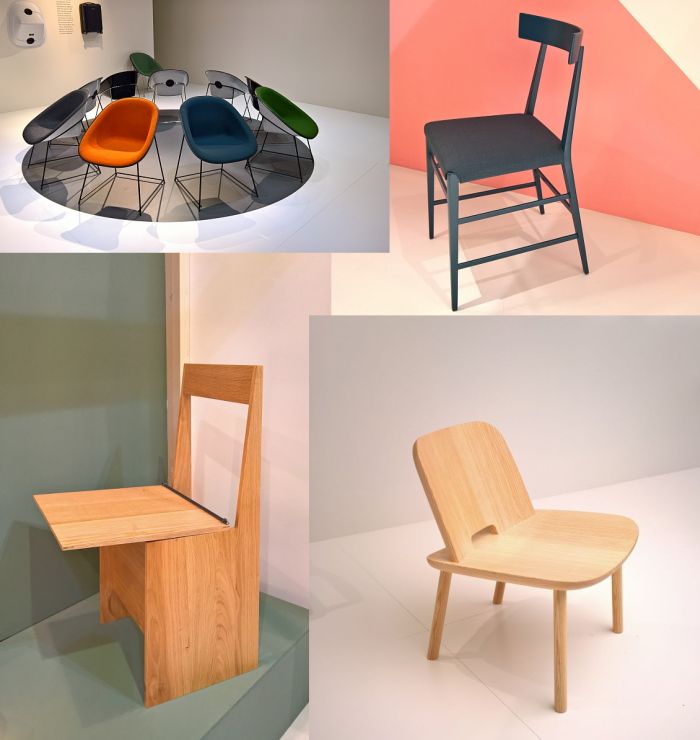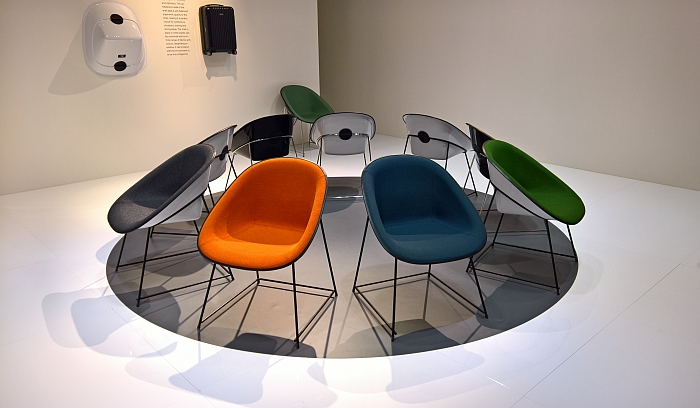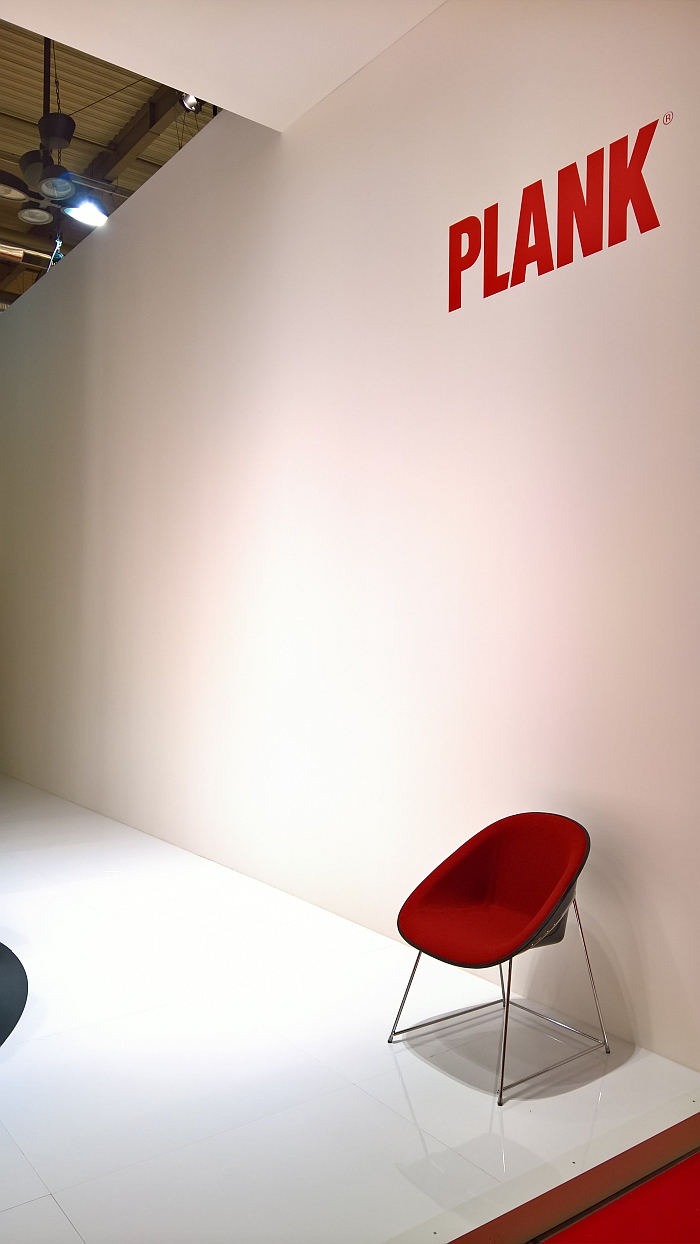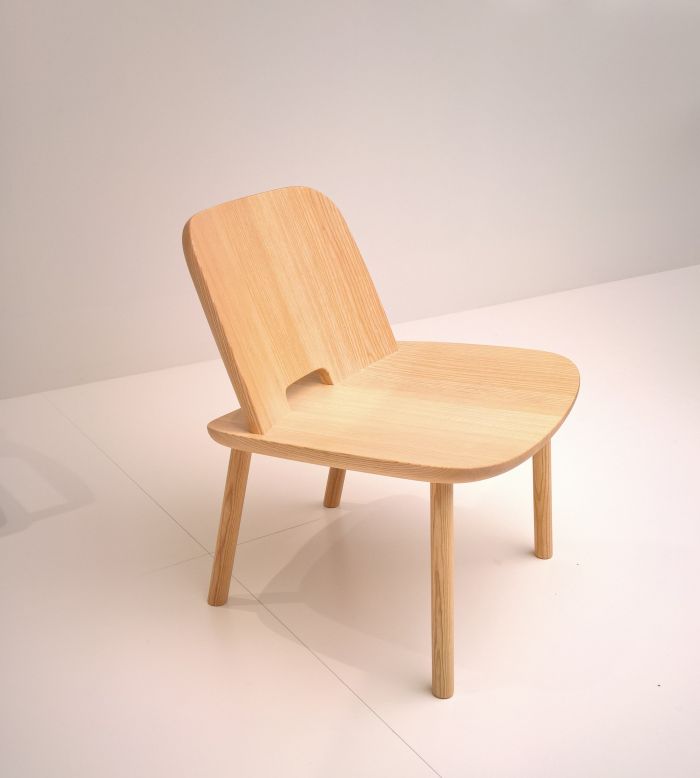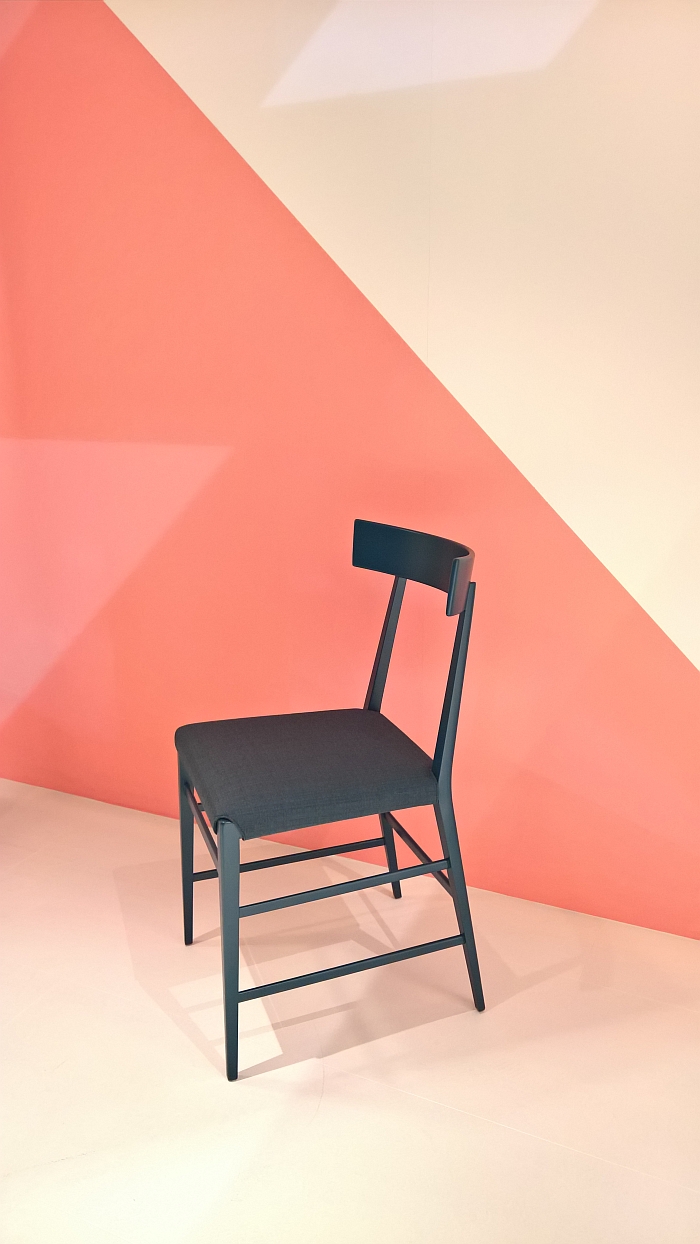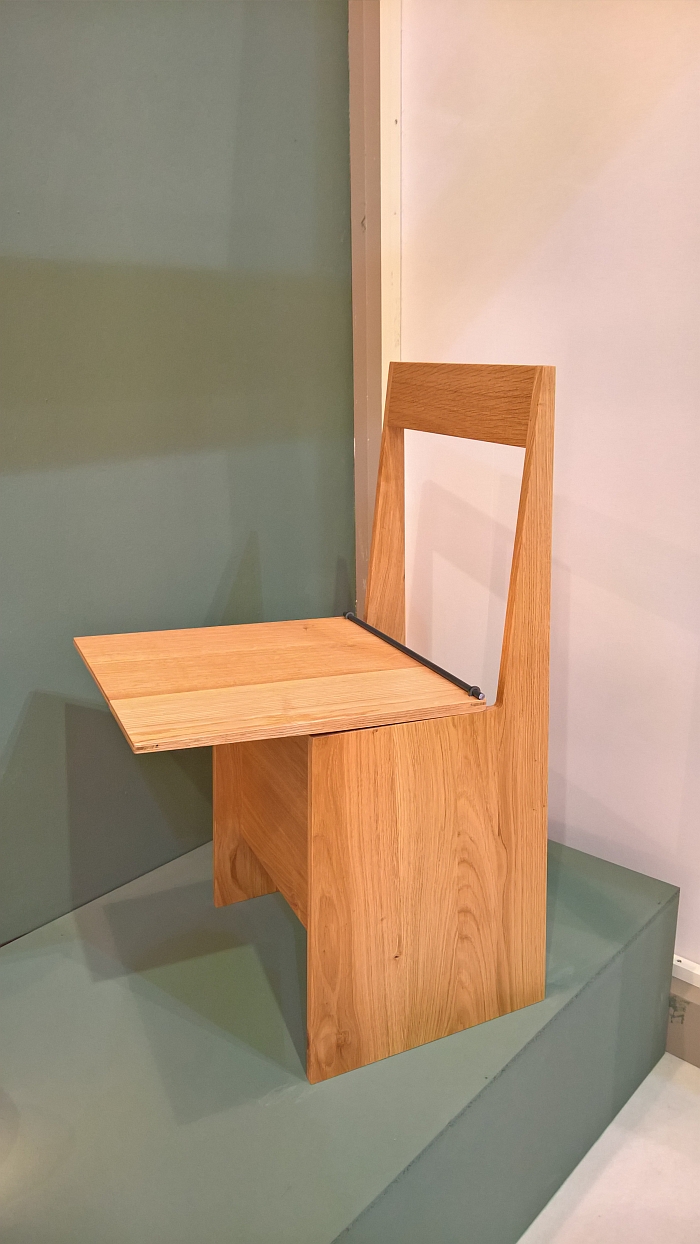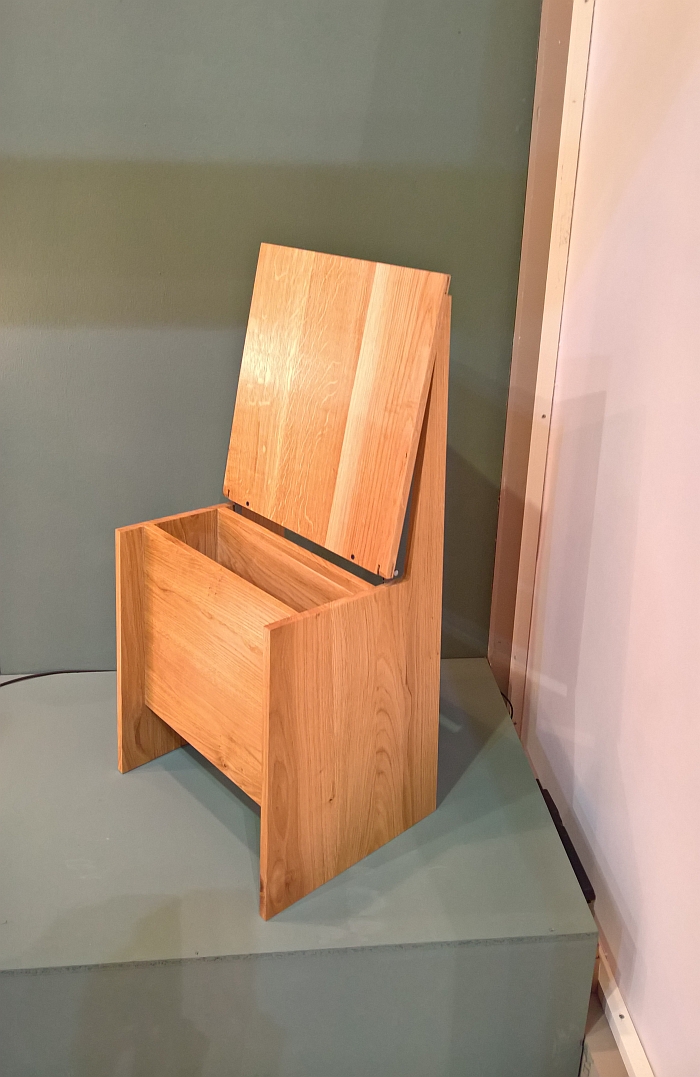Milan Furniture Fair 2018: High Five!!
Milan Furniture Fair 2018, at least amongst those more design led manufacturers, is/was largely about consolidation, largely about new materials, new colours, slight changes to existing objects, with one or the other family proudly presenting their latest members. Which is no complaint, far from it, Milan’s speciality traditionally being the new for the sake of the new, that misguided belief that one has to present something new every year. You don’t. Present something new when you’ve got something new to say, something new to contribute, something meaningful.
Largely ≇ exclusively and there were a few new projects to be found which did have something new to say, did have something new to contribute, were something meaningful. If not enough for a handful. Sure we could have added another project just to compete the quintet, there being no shortage of candidates to choose from, but then just as we don’t expect manufacturers to publish for the sake of the new rather for the quality, so we don’t publish for the sake of the five….
As ever we didn’t see everything, have without question missed things we shouldn’t have missed, things we will regret missing later, apologies all round, but, and with that in mind, our Milan Furniture Fair 2018: High Four!!
Cup by Konstantin Grcic for Plank
We’ve all been forced at one time or another to sit on our suitcase, but only a Konstantin Grcic thought to turn the experience into a chair. OK, not entirely true, we have seen a few student projects over the years which have used suitcases/piles of suitcases as the basis for armchairs/sofas. Konstantin Grcic’s moment of clarity was realising the potentials of the material.
Owing to the vagaries of modern aviation, contemporary suitcases need to be simultaneously strong and light: qualities equally essential for contemporary chairs. The step from one to the other is conceptually very simple, still needs to be taken, is a path than needs to be walked. And we very much like the cut of Konstantin Grcic’s gait.
Combing a seat shell formed from the thin vacuum-formed plastic sheets normally used to produce suitcases with a filigree metal tube base to maintain the advantages of the material, Cup is not only an exceptionally light yet stable chair, but also a very nicely proportioned object with a very well considered and judged seat and back rest which allow for a high level of seating comfort, while the flanging at the sides allows for natural, practical and most satisfying armrests.
In addition the construction system allows for the (we are assured) easy replacement of seat shell/base should that be required.
The bucket chair ain’t new, at Milan one can/could find numerous examples dating back to the 1950s and 60s, to a time when evolving technology and materials made such forms possible; with Cup Konstantin Grcic is in effect continuing this tradition, and in doing so has realised a very nice contemporary interpretation of the genre, one for which we can see numerous places of application, but for all a very nice piece of observational design and a confirmation that “designer” isn’t a profession but a way of thinking and of being aware of and taking an interest in that which surrounds you.
Fugu by Jasper Morrison for Maruni
Over the years we’ve come across innumerable interestingly and bafflingly named pieces of furniture; Fugu by Jasper Morrison for Japanese manufacturer Maruni is however the first we’ve met named after a toxic pufferfish.
? bzw. ???
The abstrusity, thankfully stops with the name. Everything else is clear, if not always immediately obvious, Fugu, like the preparation of its eponym, is very much a comprehension won through experience.
A beautifully reduced object the reduction isn’t however one of mass, Fugu is a solid, heavy object, bang your toe on it and you’ll be off work for a week; much more it is reduction in terms of construction, in terms of concept, in terms of material and for all a visual reduction; given its volume Fugu is a very reserved, very quiet, very unassuming object. And thanks to the carefully formed seat and backrest, in terms of their curvature, incline and length, a very comfortable object.
A relatively low sitting chair Fugu is available with or without armrests, whereby for us the armrests are an unnecessary adornment, if you will, a point where a little more reduction could be considered appropriate, for the chair tells you what to do with your arms, gently and naturally guides you to a optimal seating position, and keeps you calm as you hope the Sashimi in front of you won’t be your last supper.
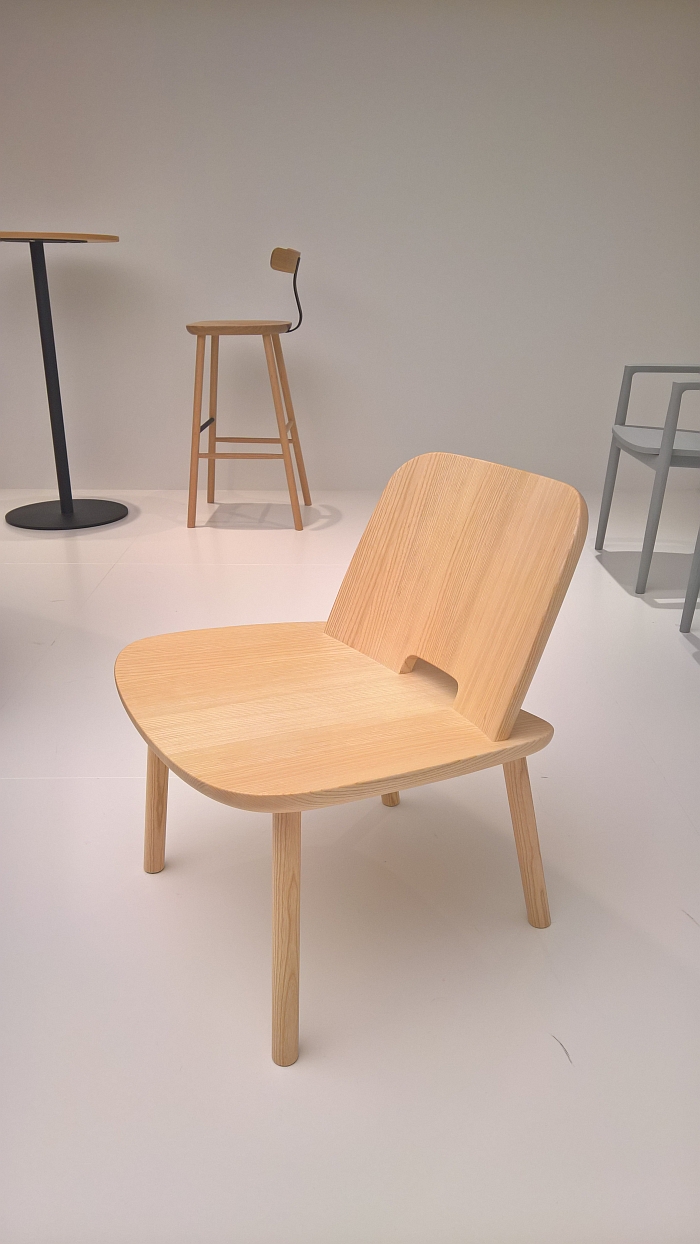
Fugu by Jasper Morrison for Maruni, in the background the new T3 barstool, also by Jasper Morrison for Maruni
Noli by Ludovica + Roberto Palomba for Zanotta
Noli is in principle half a chair, and it is barely that. Yet despite its visual lightness, its virtual absence, Noli offers a very stable, very comfortable and very satisfying sitting experience, not least thanks to the sweeping klismos-esque backrest which not only fully supports you, but gives you something to wind your arms around while you wait/converse/dream/enjoy views over the coast of Liguria.
Clearly based on vernacular Italian chairs – a popular, logical, inspiration for Italian designers for many a decade – Ludovica and Roberto Palomba’s main contribution is the addition of said Greek backrest; which if we’re correctly informed isn’t the first time Romans have taken on Greek ideas, here doing so most pleasingly to create a contemporary object rooted in some very noble furniture traditions.
A wonderfully proportioned, well balanced and stupidly, stupidly simple piece of construction, the familiarity of its form and the non-existence of the chair mean that, we assume, it is an object for even the most restricted of spaces.
Monk by Klemens Grund
Quite aside from being a captivating and fascinating colleague, Monk is also a delightful proof that the reception of a chair depends not on its form and comfort alone, but is a sum of its component parts, including how competently it achieves its intended functionality.
With most chairs such isn’t an issue, the function is to be a seating object, although admittedly not all designers achieve that.
Monk isn’t however most chairs, hidden below the seat is a storage box, a storage box which means Monk ceases to become a box seat and instead is transformed into a box you can sit on, is transformed into an object in its own right beyond that of a sitting object, is transformed into an object with an individual character, an object with which one can have a much more personal relationship, an object to place in a space without the obligation to ever sit on it: and a transformation Klemens Grund has excellently judged through his intelligent choice of construction, material, scales, proportions and reduction, not least through the well balanced relationship between the solid lower and more spacious top half, a relationship neatly offset by the exaggerated seat. Particularly pleasing is the simple metal rod hinge which is not just the only ornamentation but also indicates the multifaceted character and the attention with which it was raised.
Consequently, despite its essentially cubic, solid, slightly menacing, countenance, it is an engaging, erudite and accessible object who if we listen to closely can teach us some important lessons about the essentials of furniture design. And should you you sit on it, is comfortable.
Tagged with: High Five, Jasper Morrison, Konstantin Grcic, Ludovica + Roberto Palomba, Maruni, Milan, Milan Furniture Fair, Plank, Zanotta
